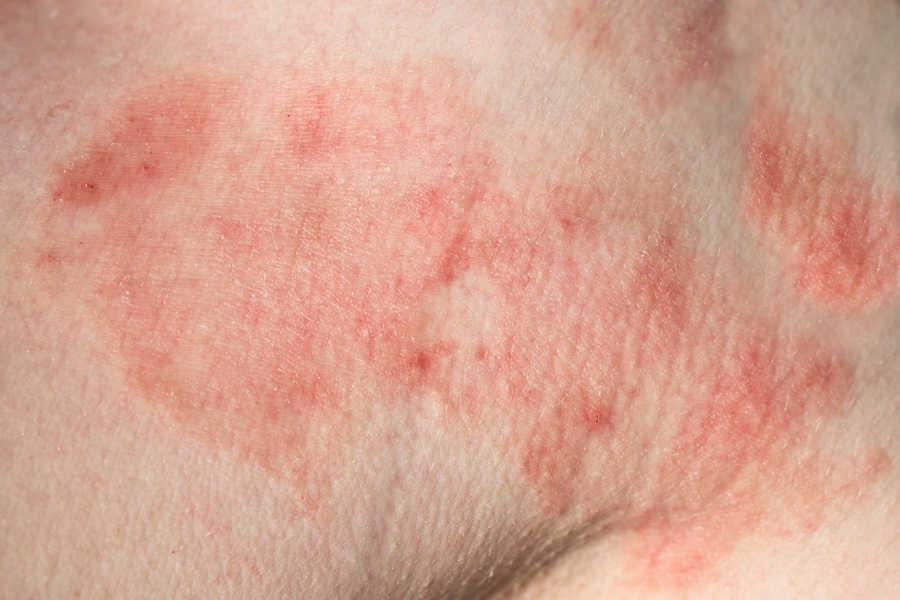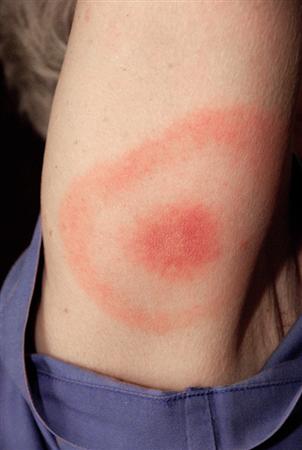Comprehending Lyme Condition-- Vital Understanding for Avoidance
Lyme condition continues to be a considerable public wellness issue, mainly transmitted via the attacks of infected ticks, specifically in regions with thick plant life. Comprehending its transmission, signs, and precautionary steps is essential for reducing dangers related to this potentially debilitating illness. The early recognition of Lyme condition is essential, yet several individuals stay not aware of its symptoms or the atmospheres that present the highest risk. As we discover the intricacies of this illness, one need to think about not only the medical effects however likewise the useful steps for effective avoidance. What methods can truly secure versus this concealed danger?
What Is Lyme Condition?
If left without treatment, Lyme illness can progress to extra serious phases, possibly influencing the joints, heart, and worried system. Patients may experience joint inflammation, neurological difficulties, or cardiac disorders. The disease can be testing to diagnose, as its signs and symptoms can mimic those of various other health problems. Analysis techniques usually entail a combination of professional assessment and laboratory screening, including serological assays to spot antibodies against Borrelia burgdorferi.
Timely recognition and therapy are essential in handling Lyme disease and avoiding problems, with early antibiotic treatment normally resulting in desirable outcomes.
Exactly How Lyme Condition Spreads
Lyme illness primarily spreads out through the bite of contaminated black-legged ticks, also referred to as deer ticks, which bring the microorganism Borrelia burgdorferi. These ticks are frequently discovered in wooded or verdant areas, typically staying on hedges or low plants. They require a blood meal from a host, such as animals or humans, to replicate and thrive.
Transmission commonly occurs when ticks connect to the skin and stay for an extended period, normally 24 to two days. The threat of infection raises with the period of add-on, as the microorganism is transmitted from the tick's saliva into the host's bloodstream. Ticks can be active during warmer months, particularly in springtime and summer, making exterior activities a possible danger for direct exposure.
While black-legged ticks are the primary vectors, other species, such as the Western black-legged tick, can likewise transfer Lyme disease. It is vital to be cautious in areas where ticks prevail. Preventative measures include using safety apparel, utilizing tick repellents, and performing comprehensive tick checks after outdoor activities to decrease the chance of attacks and succeeding transmission of Lyme disease.
Symptoms and Medical Diagnosis
Identifying the signs of Lyme illness is essential for timely diagnosis and therapy, as very early intervention can considerably affect recovery. One of the most identifiable early signs and symptom is the erythema migrans breakout, which appears as a circular, red sore with a main cleaning, usually appearing like a "bull's- eye." This breakout normally establishes within 3 to thirty days after a tick bite and might be accompanied by flu-like symptoms such as fever, chills, fatigue, muscle aches, and headaches.

Medical diagnosis of Lyme condition largely depends on clinical evaluation, taking into consideration the individual's signs and symptoms and potential exposure to ticks in native to the island areas. Research laboratory tests, consisting of enzyme-linked immunosorbent assays (ELISA) followed by Western blot tests, can support the diagnosis but are not conclusive in early-stage Lyme illness. Motivate acknowledgment and diagnosis are crucial for starting ideal antibiotic treatment, which is most reliable when administered early in the condition training course.
Prevention Techniques
Avoiding Lyme illness requires a positive technique, particularly for individuals that hang out in locations where ticks are prevalent. The very first line of defense includes wearing proper garments, such as lengthy sleeves and lengthy trousers, ideally made from tightly woven textiles - Lymecare Alliance. Light clothes can help in spotting ticks much more quickly. In addition, tucking pants into socks and utilizing tick-repellent products having DEET or permethrin can substantially decrease the threat of tick accessory.
Frequently examining oneself, children, and pet dogs for ticks after outside activities is crucial. Ticks needs to be immediately eliminated using fine-tipped tweezers, realizing them as near to the skin's surface area as feasible. It is a good idea to shower within 2 hours of returning inside your home, as this can aid remove ticks before they connect.

Treatment Alternatives
Reliable management of Lyme disease hinges on timely and proper therapy alternatives, which primarily involve antibiotic therapy. Early local Lyme condition is generally treated with dental antibiotics such as doxycycline, amoxicillin, or cefuroxime axetil for a period of 10 to 21 days.
In cases of early disseminated Lyme condition, where neurological or heart signs may arise, a longer training course of dental prescription antibiotics or intravenous prescription antibiotics may be required. For clients experiencing consistent symptoms after first treatment, understood as Post-Treatment Lyme Condition Syndrome (PTLDS), an extra intricate administration technique may be needed. This can include a multidisciplinary method, dealing with not only the physical signs and symptoms however additionally psychological facets, as tiredness and cognitive difficulties are special info usual.
It is necessary for patients to involve in open communication with their doctor to tailor therapy strategies to their particular needs, making sure the most effective possible end results in the management of Lyme disease.
Conclusion
Lyme illness presents significant health dangers mostly due to its transmission by means of infected black-legged ticks. Continued recognition and education and learning about Lyme disease are vital in minimizing its impact, thus advertising healthier neighborhoods and securing public wellness versus this prevalent tick-borne visit the website health problem.
Lyme condition primarily spreads through the bite of contaminated black-legged ticks, likewise known as deer ticks, which lug the microorganism Borrelia burgdorferi. Lymecare Alliance.While black-legged ticks are the main vectors, other types, such as the Western black-legged tick, can likewise send Lyme condition. Preventative actions include putting on protective clothes, utilizing tick repellents, and carrying out complete tick checks after outside activities to minimize the likelihood of bites and succeeding transmission of Lyme illness
Medical diagnosis of Lyme illness mainly depends on clinical assessment, taking into account the person's symptoms and prospective direct exposure to ticks in native locations.Lyme condition presents significant wellness threats primarily due to its transmission via infected black-legged ticks.